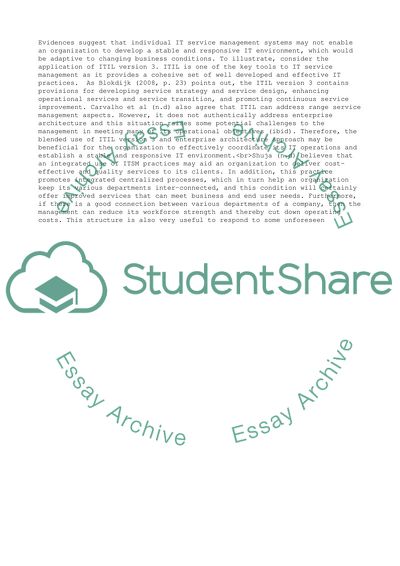Cite this document
(“Strategic Management of Information System Essay”, n.d.)
Strategic Management of Information System Essay. Retrieved from https://studentshare.org/management/1452249-strategic-management-of-information-system
Strategic Management of Information System Essay. Retrieved from https://studentshare.org/management/1452249-strategic-management-of-information-system
(Strategic Management of Information System Essay)
Strategic Management of Information System Essay. https://studentshare.org/management/1452249-strategic-management-of-information-system.
Strategic Management of Information System Essay. https://studentshare.org/management/1452249-strategic-management-of-information-system.
“Strategic Management of Information System Essay”, n.d. https://studentshare.org/management/1452249-strategic-management-of-information-system.


